Middle and Long Distance
Free articles and resources for 800m to Marathon coaches.
Weight-loss medications such as Ozempic and Mounjaro are becoming increasingly common among runners, from recreational participants to masters athletes. This article helps coaches understand how these drugs work, their potential impact on training and competition, and what to monitor when supporting athletes who use them.
At the 2025 Adelaide Invitational, young talent Daniel Williams made a fearless move at 200m to go, forcing the pace and giving himself every chance to win. But Peter Bol, with his world-class experience, stayed composed, trusting his race plan to withstand the challenge and surge home in the final straight.
This article breaks down the key tactical decisions in the race, highlighting the strengths and risks of both approaches. Coaches, how do you help your athletes develop the instincts to make the right call under pressure? Dive in to explore strategies for building race-craft and decision-making skills in middle-distance racing.
This article explores key benefits, effective techniques, and tailored session plans for both sprinters and distance runners of pool running. Whether you're looking to maintain fitness, build resilience, or introduce low-impact conditioning, this comprehensive overview will show you how to integrate pool running seamlessly into your training programs.
The Endurance Edge Conference brought together some of Australia's brightest endurance stars and high-performance experts for an evening of inspiration and practical insights. Held at the Victorian Institute of Sport at Lakeside Stadium, the event highlighted strategies for athletic success and fostered connections between elite athletes, coaches, and attendees.
The Norwegian model of lactate threshold training offers an intriguing approach for middle and long distance athletes. This model has been implemented successfully by some elite athletes, most notably in recent times Jackob Ingebrigtsen. The model emphasises moderating training intensity through lactate control and a unique method of blocking workouts.
This article will explore the training model and how it may be used by Australian coaches.
This article summarises key findings from a study investigating the selection and rationale behind sprinting drills used by track and field coaches. It focuses particularly on coaches' understanding of how these drills impact sprint performance and technique.
This chart provides a general overview of the optimal distances, intensity, rest, progression, and daily training loads for developing the different components of speed, speed endurance, special endurance and tempo running.
This commentary from the Journal of Orthopaedic & Sports Physical Therapy argues that runners and coaches should move beyond solely focusing on weekly distance when quantifying and monitoring training load. The authors explain that running distance is only one aspect of training stress and fails to capture the full picture of the mechanical, physiological, and psychological demands of running.
This meta-analysis highlights the effectiveness of SIT in enhancing VO2max, a measure that reflects the body's ability to utilise oxygen efficiently during exercise. Examining 16 randomised controlled trials, this paper concluded that SIT leads to a "small-to-moderate" improvement in VO2max. More specifically, this improvement translates to an average increase of 3.6 mL kg-1 min-1, or about an 8% enhancement. Notably, the authors emphasised that this magnitude of improvement is approximately equal to the gains observed with traditional endurance training, which typically involves longer durations of moderate-intensity exercise.
The area of strength and conditioning has historically been lacking in the training programs of our potentially elite middle and long distance athletes. As a result, many of them are breaking down because they are not musculoskeletally strong enough to cope with high mileage or are burnt out because they are bored with training before they have a chance to achieve anywhere near their potential.
In this article, Di Huxley explores why and how strength and conditioning training should be incorporated for middle and long distance athletes.
The study aimed to present the effect of Respiratory Muscle Training on lung function, pulmonary ventilation and endurance in adolescent track and field athletes as a part of their pre-competition training.
Learn how hills, heat and altitude help optimise performance, but also the soft skills required for creating a positive training environment.
Learn from Athletics Australia’s Lead Physiologist, Avish Sharma and Bryce Anderson as they make evidence informed recommendations for when, why, and how altitude training may be incorporated into an athletes’ training plan.
Jonathan Taylor explains the development in footwear technology that is driving increased performances on the Track and Road.
Most of us would assume that breathing through the mouth is the best technique to use during intense exercise, as it allows more oxygen to reach our muscles. But evidence shows the contrary – and that breathing through your nose may actually be a better technique to use during intense exercise such as running….
Understanding running economy is essential knowledge for all distance coaches. This article covers what peer-reviewed research says about running economy, and training interventions that are the most effective for improving it.
It has been claimed that beach running is a great way to improve strength, fitness and running performance while preventing injury. So let's have a look at what the peer-reviewed evidence says, in conjunction with the opinion of our running experts, on the veracity of these claims.
This paper draws on the extensive current literature in the field to provide a general guide and starting point for further study by presenting a short overview of the elements that contribute to endurance and how these can be trained in athletes. The full version of the paper can be downloaded using the button below.
From street miles through to trail ultra-marathons, the diversity of events recreational runners are participating in continues to provide coaches the challenge of developing training sessions that are both specific to their activities and that provide ongoing stimulation. While the list of available training options is extensive, let’s look at four training elements that strike a chord with Recreational Runners.



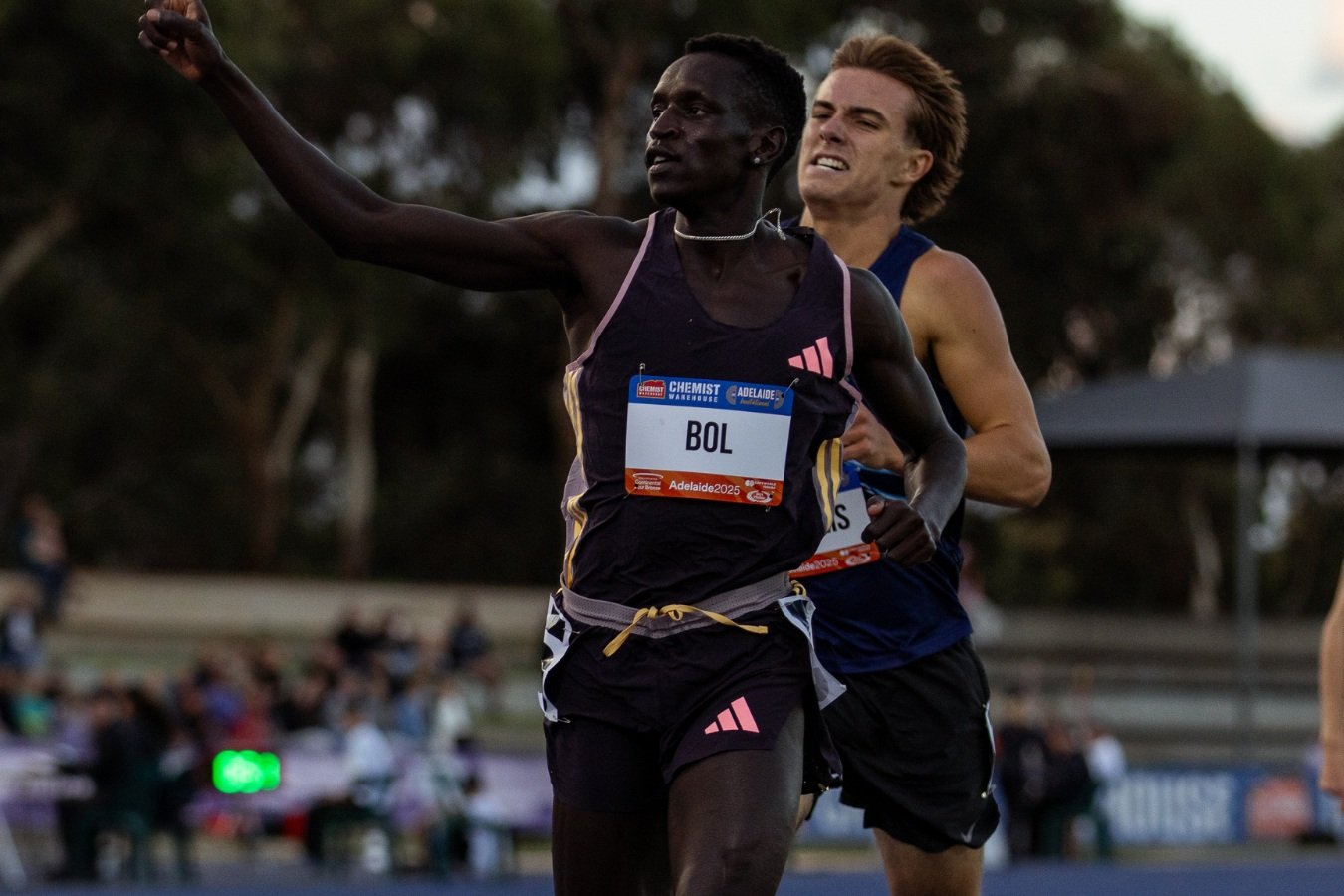




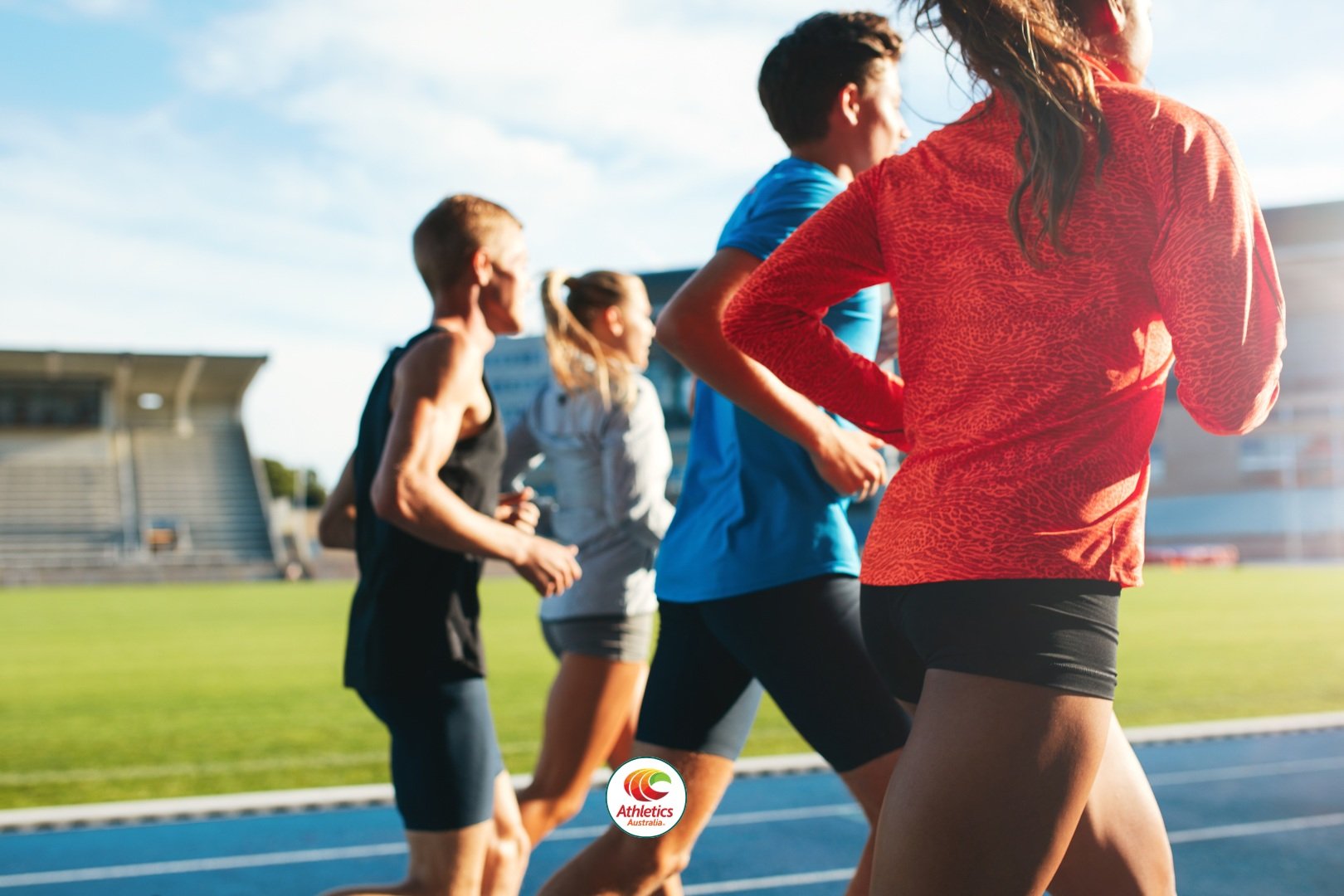

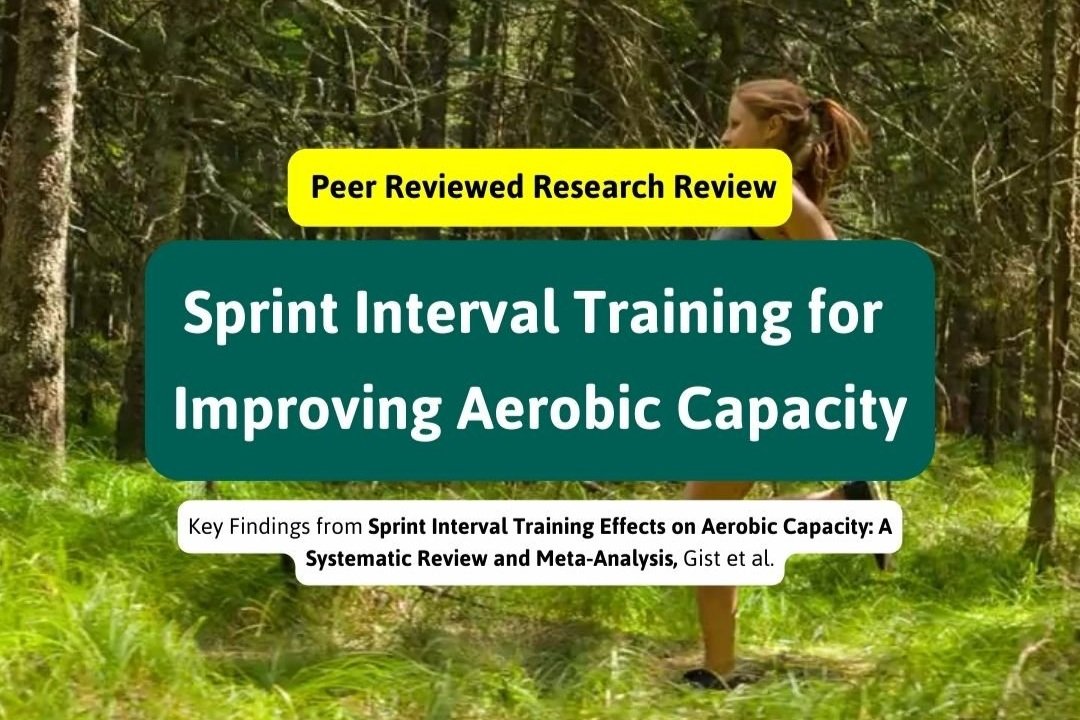




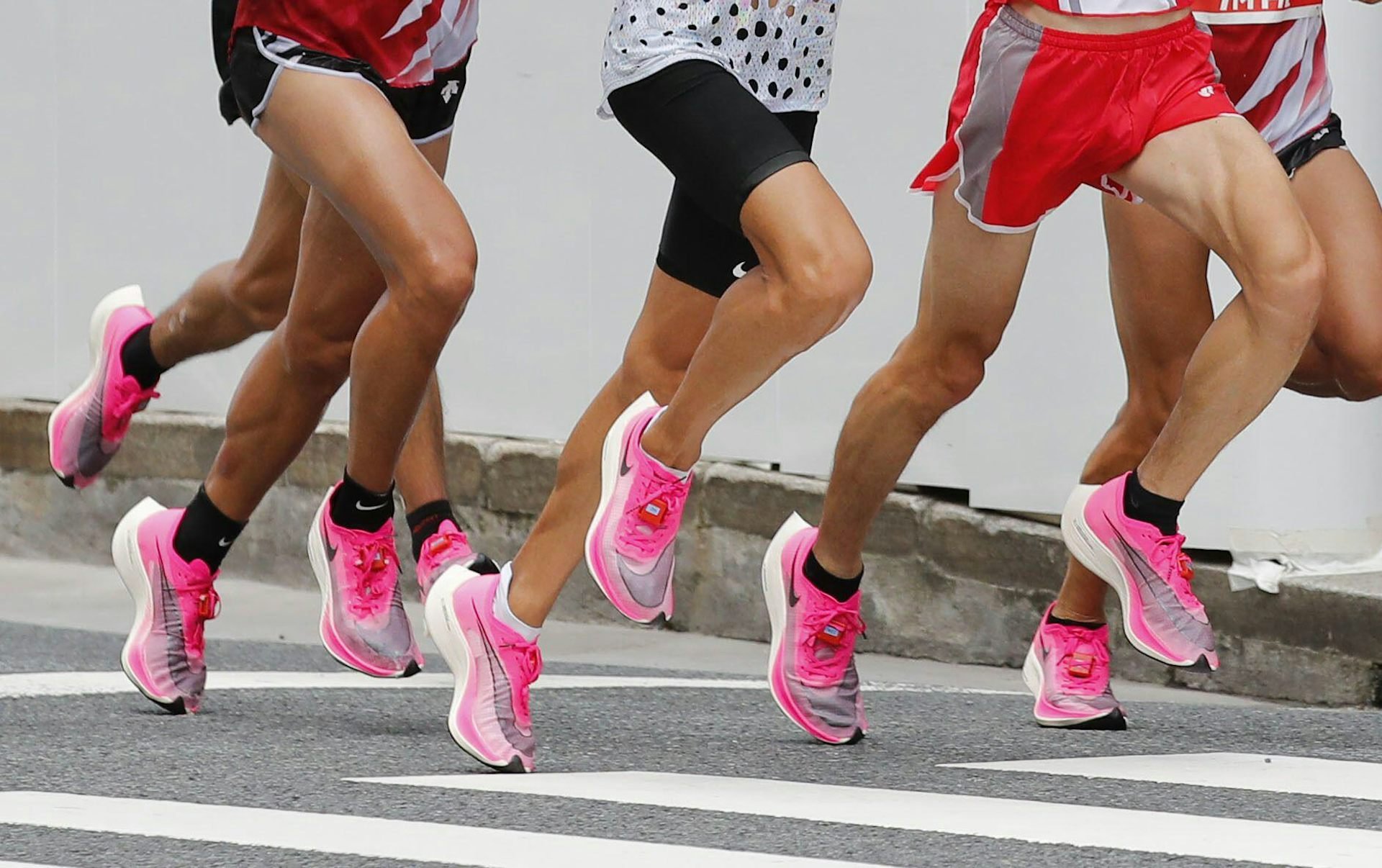




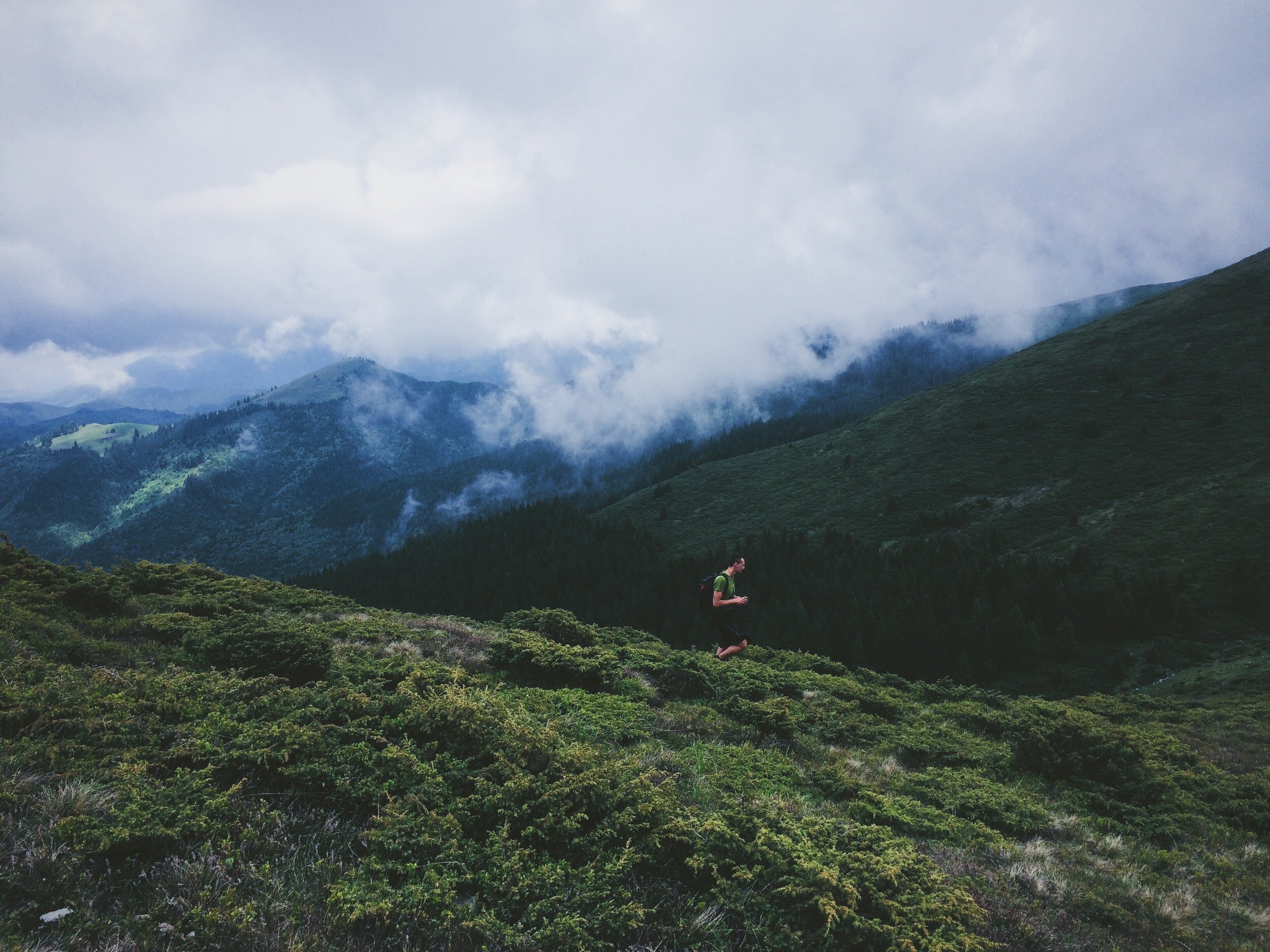
What truly separates the best from the rest in distance running? It's not just high mileage or VO₂max—it’s how that training is structured, progressed, and personalised. Drawing from Haugen et al.'s landmark study and the training diaries of world champions, this article breaks down the key principles behind world-class performance: high volumes of low-intensity running, adaptive periodisation, and smart load management.